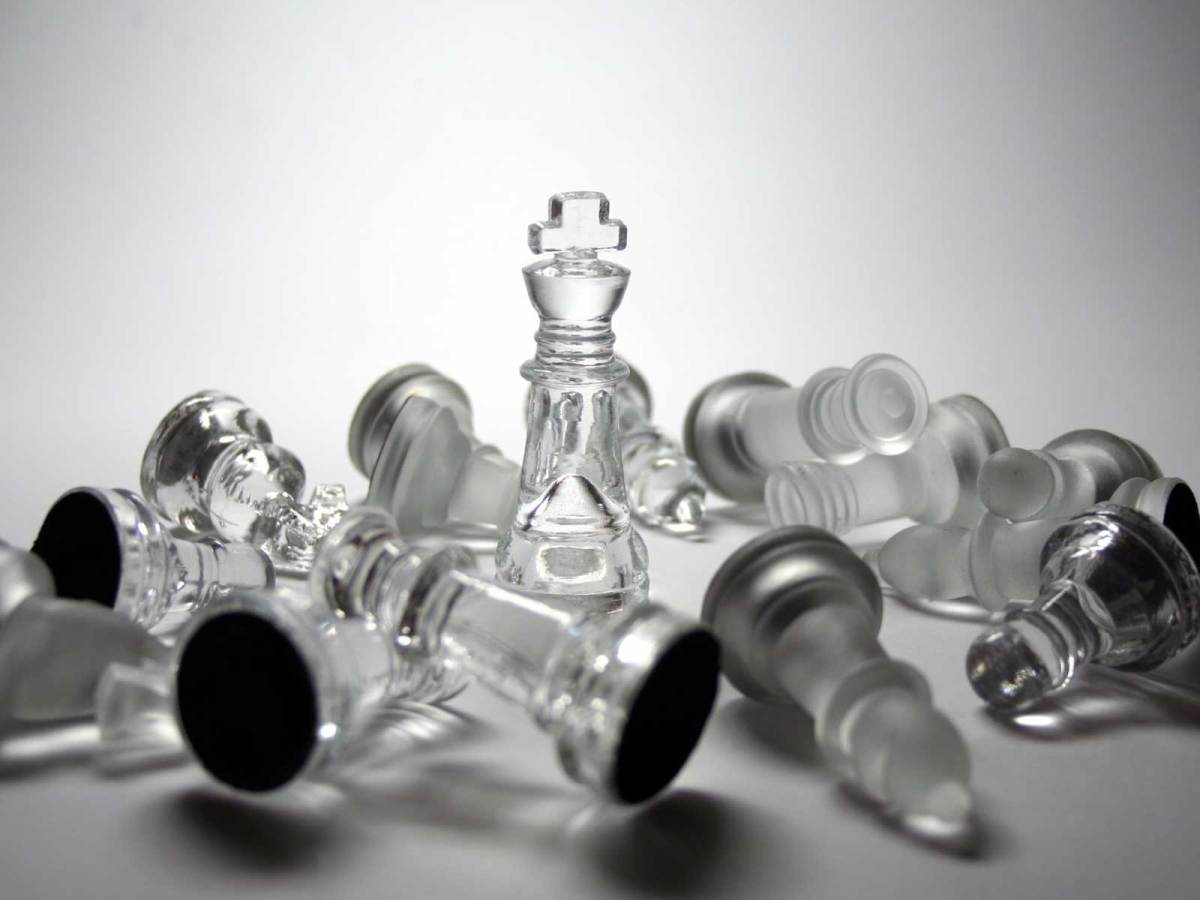Analysis
Millward Brown has released the 2014 iteration of its annual Brandz chart, which purports to denote the “100 Most Valuable Global Brands”. The topline news is that Google has usurped Apple to take top spot, while the highest new entry is Twitter at #71.
Here is the Top 10 (I’ve redacted the name of a tobacco brand):
1. Google
2. Apple
3. IBM
4. Microsoft
5. McDonalds
6. Coca-Cola
7. Visa
8. AT&T
9. (Tobacco brand)
10. Amazon.com
And here are some selected entries of interest to the Australian retail and electronics industries:
18. MasterCard
20. Vodafone
21. Facebook
22. Walmart
24. American Express
29. Samsung
44. Commonwealth Bank of Australia
45. Oracle
49. HP
50. IKEA
51. ANZ
59. Siemens
61. eBAY
72. Cisco
82. Woolworths (Australia)
85. Westpac
86. Intel
100. Aldi
Click here to sign up for our free daily newsletter
The single biggest mover was BT, up 30 places to #64, while the biggest internal loser was, somewhat surprisingly, Intel, which was down 25 places to #86.
Seven brands exited the top 100 this year:
59. Icici Bank
73. Moutai
76. Target
87. Standard Chartered
89. Airtel
97. Chevron
100. Volkswagon
It’s hard to work out exactly what any of this means: it’s not an indicator of high sales, profitability or market capitalisation. Millward Brown, which publishes the chart, says Brandz is, “The only ranking that uses the views of potential and current buyers of a brand, alongside financial data, to calculate brand value”.
Twitter is in with a bullet this year because there is optimism for the recently floated social media and not because it makes a profit (yet); it made a net loss of $511 million in the fourth quarter of 2011. At the same time, Standard Chartered dropped out despite registering a net income of $4.2 billion for 2013 (and plastering its brand across the Liverpool FC shirt).
What interests me most is the brands that are not on the list: the global brands that have real presence yet to do not make the cut based on Millward Brand’s Byzantine system.
As recently as 2012, Sony was on the list (at #86), while in 2011, BlackBerry was flying high at #25. In the 2010 chart, Nintendo sat proudly at #32, before dropping to #79 in 2011 and out for good in 2012.
In 2009, Lowe’s was at #100. This is the American retailer that Woolworths has partnered with for its Masters big box chain. While Woolies has strengthened its claim, Lowe’s has sunk without a trace.
It’s a sign of how much things can change that back in 2006, Apple was ranked at #29, three places behind Dell. Over the ensuing years, it would occupy the following places: #16, #7, #6, #3, #1, #1, #1 before dipping to #2 this year.
Compare that to Nokia’s trajectory. The Finnish handset manufacturer was the brand of choice in 2006, sitting at #14, making it the most valuable electronics hardware brand in the world. Its ensuing years saw it place: #12, #9, #13, #43, #81 and then unplaced from 2012 onwards.
I wrote earlier that Intel’s big slide is a surprise. The processor giant has revolutionised computing both at home and in the wild with its 3rd and 4th Generation Core chips and made $9.6 billion in net income in 2013. The company currently trades at $26.20, not too shy of its 10-year high of $28.64, yet its brand ranking is on a Nokia-esque slide: (from 2006) #15, #25, #27, #23, #48, #58, #49, #61, #86. If Intel is = looking for an explanation for this upbraiding (or should that be (downbraiding’?), don’t bother with Brandz’ official report. Rather than explain the slide, the Millward Brown simply states that, “Intel, the leading maker of semiconductor chips used in laptops, continued to invest in research, looking to apply its core business expertise in new ways, such as developing chips for high performance computing on mobile devices”.
Some brands never seem to make an impression, despite being multinational, multicategory and seemingly omnipresent. LG Electronics plays in all the same categories as Samsung yet has never made the Top 100 in Brandz’ 9-year history. Canon was at #54 in 2008 and #73 in 2009 but has not been seen since, despite its incredibly strong position in the global photography market. Nikon has never charted at all.
Even with George Clooney as its brand ambassador and cameos from Matt Damon and John Malkovich, Nespresso can’t get a start, but perhaps that’s not a surprise when you consider that its parent company and ubiquitous FMCG behemoth, Nestle, doesn’t even rate.
Brandz’ rankings further suggest that despite appliances being in every home in the world, the brands do not have substantive value. Major multinationals like Electrolux, Whirlpool, Panasonic, Fisher & Paykel, Haier, Bosch, Miele and KitchenAid are all absent (and not just this year; they are absent from all years).
It begs the question: are these companies doing enough to build up and market their brands? We all assume that these brands have great cut-through — I’m constantly told by marketing and PR managers how well regarded their brand is — but when the rankings come out, these household names all play second fiddle to spam merchant LinkedIn, basketcase Yahoo! and would-be destroyer of the Gulf of Mexico BP.
Please share your thoughts on how well appliance brands market themselves to consumers, either in the comments below or via email.

